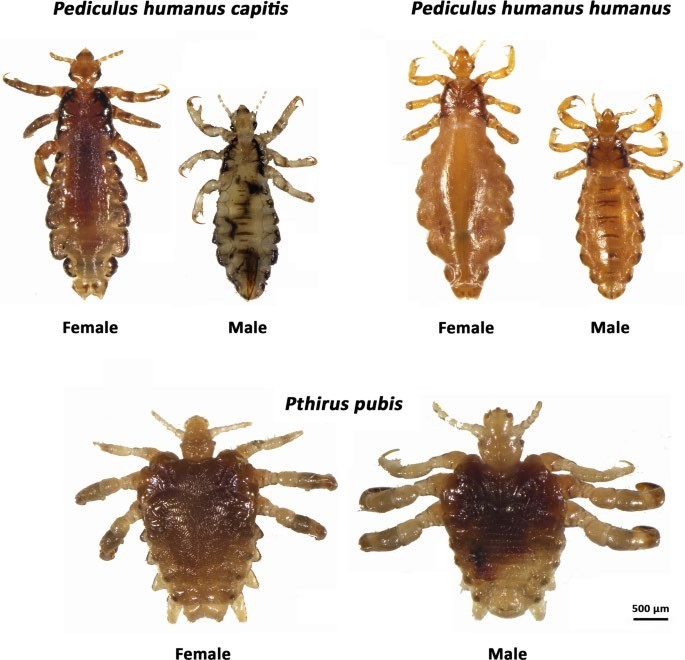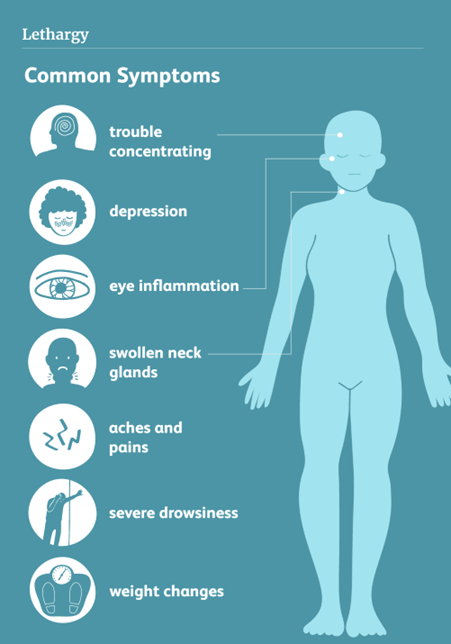A nurse is performing a pre-college physical assessment on an adolescent. Which of the following immunizations should the nurse anticipate administering?
Bacille Calmete-Guérin (BCG) vaccine
Pneumococcal polysaccharide vaccine
Influenza vaccine
Meningococcal polysaccharide vaccine
The Correct Answer is D
Choice A reason: This choice is incorrect because the BCG vaccine is not recommended for adolescents in the United States. The BCG vaccine is a vaccine that protects against tuberculosis (TB), a bacterial infection that affects the lungs and other organs. It may be used for children who live in countries where TB is common or who have a high risk of exposure to TB, but it is not routinely given in the United States because of the low incidence of TB and the possibility of false-positive results on TB skin tests.
Choice B reason: This choice is incorrect because the pneumococcal polysaccharide vaccine is not recommended for adolescents unless they have certain medical conditions. The pneumococcal polysaccharide vaccine is a vaccine that protects against pneumococcal disease, a bacterial infection that can cause pneumonia, meningitis, or sepsis. It may be used for adults who are 65 years or older or who have chronic diseases, immunosuppression, or cochlear implants, but it is not routinely given to adolescents who are healthy.
Choice C reason: This choice is incorrect because the influenza vaccine is recommended for adolescents every year, not just before college. The influenza vaccine is a vaccine that protects against influenza, a viral infection that affects the respiratory system. It may be given as an injection or a nasal spray, and it may prevent or reduce the severity of influenza and its complications. It is recommended for everyone who is 6 months or older, especially those who have a high risk of influenza-related complications.
Choice D reason: This choice is correct because the meningococcal polysaccharide vaccine is recommended for adolescents before college. The meningococcal polysaccharide vaccine is a vaccine that protects against meningococcal disease, a bacterial infection that can cause meningitis, septicemia, or death. It may be given as a single dose or a booster dose, and it may prevent outbreaks of meningococcal disease in crowded settings such as dormitories or military barracks. It is recommended for adolescents who are 11 to 12 years old, with a booster dose at 16 years old, or for those who are entering college and have not been previously vaccinated.
Nursing Test Bank
Naxlex Comprehensive Predictor Exams
Related Questions
Correct Answer is A
Explanation
Choice A: This statement indicates an understanding of the teaching, as washing all recently used clothing, bedding, and towels in hot water can help eliminate lice and nits (eggs). Lice and nits can survive on fabrics for up to two days and can spread from one person to another through direct or indirect contact. Washing items in hot water can kill lice and nits by exposing them to high temperatures.
Choice B: This statement indicates a lack of understanding of the teaching, as nits will not always be present after treatment. Nits are tiny white or yellow oval-shaped eggs that are attached to the hair shaft near the scalp. Nits can hatch into nymphs (young lice) within seven to ten days and mature into adult lice within nine to twelve days. Nits can be removed by using a fine-toothed comb or by applying products that loosen their grip on the hair.
Choice C: This statement indicates a lack of understanding of the teaching, as treating all family members may not be necessary or effective. Treating all family members can expose them to unnecessary chemicals or medications that may have side effects or cause resistance. Treating all family members may also not prevent reinfestation if there are other sources of exposure such as school or daycare. Only family members who have evidence of lice or nits should be treated.
Choice D: This statement indicates a lack of understanding of the teaching, as throwing out toys that can't be dry cleaned or washed may not be required or practical. Throwing out toys can cause emotional distress or financial burden for the child or the parents. Throwing out toys may also not prevent reinfestation if there are other sources of exposure such as clothing or bedding. Toys that can't be dry cleaned or washed can be sealed in plastic bags for two weeks to suffocate the lice and nits.

Correct Answer is C
Explanation
Choice A: Tremors are not a typical sign of hyperglycemia, which is a high blood glucose level. Tremors are more likely to occur in hypoglycemia, which is a low blood glucose level.
Choice B: Pallor is also not a typical sign of hyperglycemia. Pallor can indicate anemia, shock, or hypoxia, which are
not related to blood glucose levels.
Choice C: Lethargy is a common sign of hyperglycemia, as the body is unable to use glucose as an energy source. Lethargy can also lead to ketoacidosis, which is a life-threatening complication of hyperglycemia.
Choice D: Shallow respirations are not a sign of hyperglycemia, but rather a sign of respiratory distress or acidosis.
Shallow respirations can reduce the oxygen delivery to the tissues and worsen the condition of the child.

Whether you are a student looking to ace your exams or a practicing nurse seeking to enhance your expertise , our nursing education contents will empower you with the confidence and competence to make a difference in the lives of patients and become a respected leader in the healthcare field.
Visit Naxlex, invest in your future and unlock endless possibilities with our unparalleled nursing education contents today
Report Wrong Answer on the Current Question
Do you disagree with the answer? If yes, what is your expected answer? Explain.
Kindly be descriptive with the issue you are facing.
